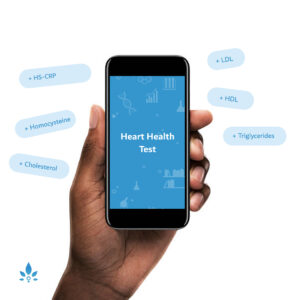What is Guillain-Barré Syndrome?


Guillain-Barré syndrome is a rare disorder that can affect children and adults of all ages. Its onset can be scary, with muscle weakness and pain that occasionally progresses to paralysis of the legs, chest, and/or face. Children with these symptoms need to be hospitalized immediately.
As unsettling as it sounds, Guillain-Barré is usually a temporary disorder. Most children fully recover with time.
The exact cause is unknown. Guillain-Barré syndrome is thought to be an autoimmune disorder, meaning that the body’s immune system turns on itself and begins attacking nerves outside the brain and spinal cord. The syndrome seems more likely to occur after a viral infection, trauma, surgery, or as a reaction to an immunization.
Some common symptoms associated with Guillain-Barré syndrome include: leg weakness or tingling, which might spread to the arms and upper body; decreased sensation or onset of pain in fingers and toes; loss of reflexes in the legs and arms; irritability; trouble walking; breathing difficulties associated with paralysis of the chest muscles; and facial changes related to muscle weakness. Symptoms usually begin in the lower extremities and progress upwards, with the most severe cases leading to breathing difficulties. Whether they develop over hours, days, or weeks, symptoms can become more intense — to the point a child is nearly paralyzed.
Children often have muscle weakness for at least a week or two. Residual weakness can linger for months — even years. Less than a third of people with Guillain-Barré have some weakness after three years. But even in the most severe cases, many of these children recover.
Along with a clinical exam and medical history, physicians who suspect Guillain-Barré might order blood and urine tests; a lumbar puncture (or spinal tap), which involves placing a needle into the lower spinal canal to measure pressure and test cerebral spinal fluid; or an electromyogram (EMG), which measures the muscles’ electrical activity.
There is no cure for Guillain-Barré syndrome, so the goal of treatment is to manage its symptoms. Treatment often requires admission to the intensive care unit for close monitoring. Some children receive medications to control symptoms. There are other treatment options, including plasmapheresis, which involves replacing blood plasma (the blood’s liquid part) and removing its antibodies to reduce symptom severity and syndrome duration. Another treatment, administration of IV immunoglobulin, involves adding a blood product that helps diminish the immune system’s attack on the nervous system. Some children will require a breathing machine until symptoms subside.
Physical, occupational, or speech therapy can help children with deficits from the syndrome fully recover.
Sources:
- National Institute of Neurological Disorders and Stroke
- NINDS Guillain-Barré Syndrome Information Page.
The Children’s Hospital of Philadelphia - Guillain-Barré Syndrome.
Kid’s Health - Guillain-Barré Syndrome.
Powered by Bundoo®











































